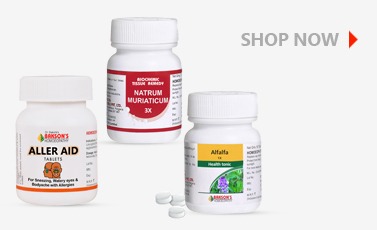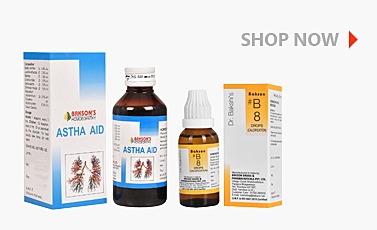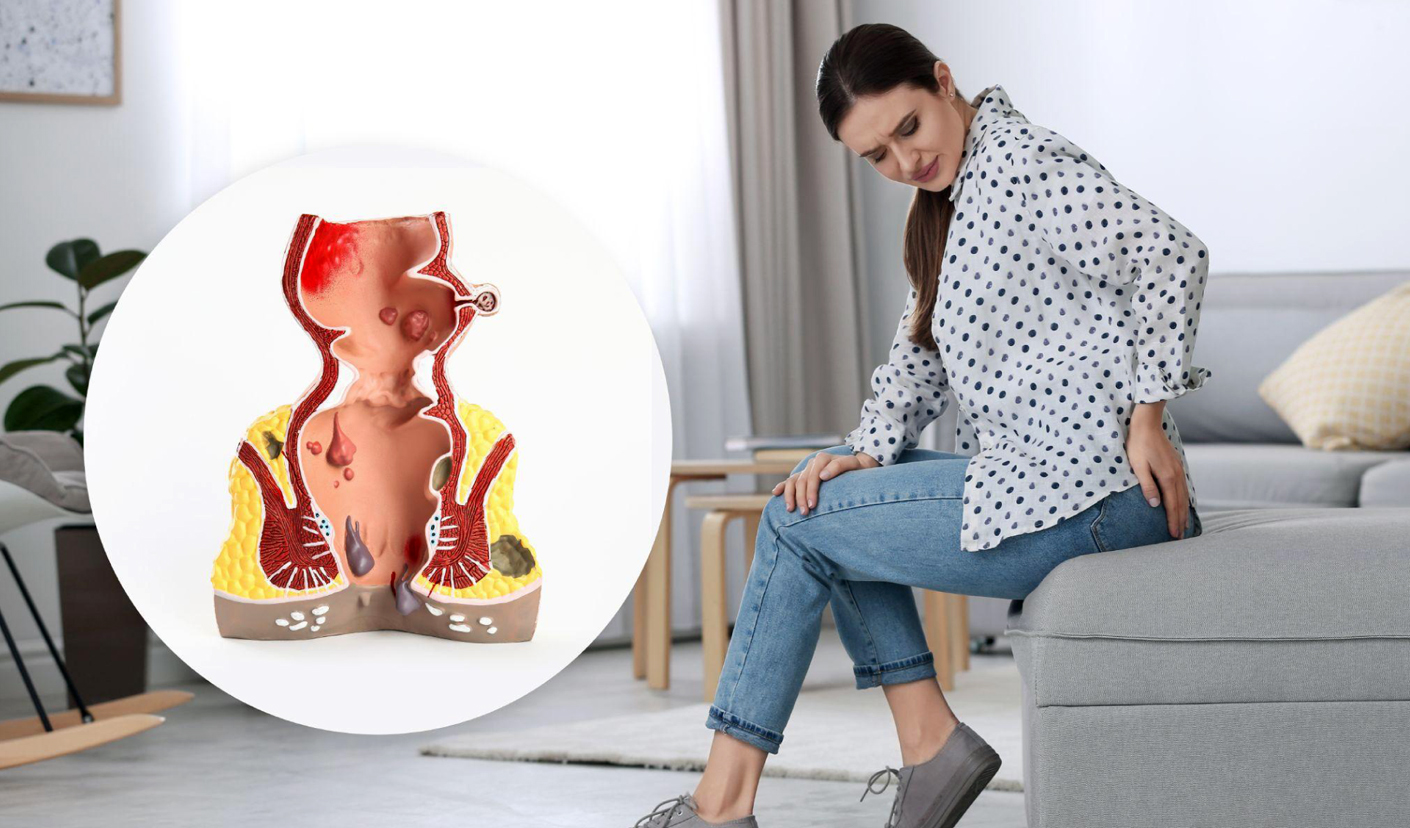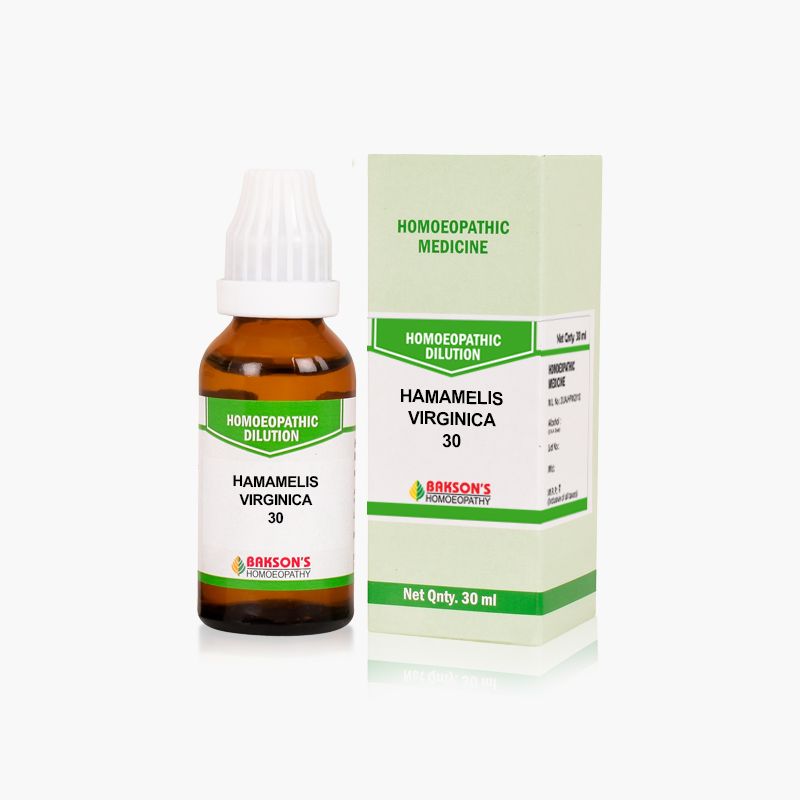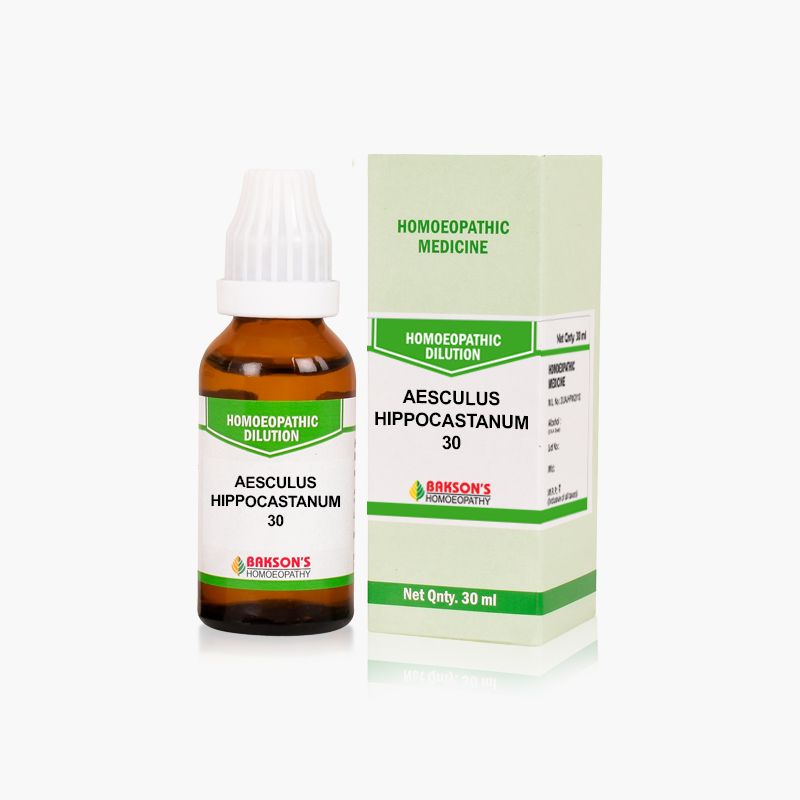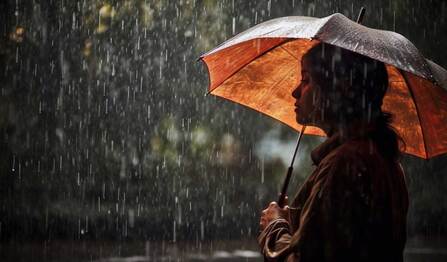We use cookies to make your experience better. To comply with the new e-Privacy directive, we need to ask for your consent to set the cookies. Learn more.
Homeopathic Dilutions for Bleeding & Non-Bleeding Piles
Haemorrhoids that have swollen up are called piles, and they develop inside, around, and along the anal canal. Inside the anal canal, haemorrhoids are collections of tissue that are cushioned by blood vessels, supporting tissue, muscle, and elastic fibres.
What results in piles?
The development of the pile(s) appears to be triggered by specific alterations in the veins that line the interior of the back passage. The lining of a back passage as well as the veins enlarges significantly, which can lead to swelling and also the formation of a pile.
If you put off using the bathroom and have to strain to pass faeces, this might raise pressure thus increasing the likelihood of piles formation. Bakson’s homeopathic medicine for bleeding piles may help in this situation.
Causes of Piles
Piles develop as a result of increasing pressure in the lower rectum. Under pressure, the blood vessels near the anus and also the rectum may expand, swell, or bulge, creating piles. This might be brought on by
- Ongoing constipation
- Frequent diarrhoea
- lifting a lot of weight
- after passing a stool, straining
Risk elements of Piles
A person's likelihood of getting piles may be increased by a number of variables, such as:
- Haemorrhoids can occur up to 50% of the time during pregnancy. This is brought on by greater pelvic pressure, a bigger volume of blood, and a greater percentage of constipation.
- Age: Older folks are more likely to have piles. About half of persons over 50 develop heaps.
- Weight: According to research, having a high body mass index may make heaps more likely to form.
- Diet: Consuming a diet lacking in fibre may make a person more likely to develop piles
Piles signs and symptoms
The majority of the time, piles symptoms really aren't dangerous. After a few days, they typically resolve by themselves. The aforementioned signs and symptoms could be experienced by someone with piles:
- Around the anus, a firm, potentially painful lump might well be felt. It might have coagulated blood in it.
- A person experiencing piles could feel as though their bowels are mostly full following passing a stool.
- When you have a bowel movement, bright crimson blood is seen.
- Itchy, red, and painful skin is present around the anus.
Types of Piles
- Internal Piles- Deep within the rectum, bulging veins known as internal piles form. Since there are no pain nerves in the rectum, they cannot be seen or felt and rarely produce apparent symptoms due to their placement. Internal Piles usually do little harm and disappear on their own. Larger ones, meanwhile, can result in symptoms including pain, itching, or burning pain. Another bump could be felt close to the anus. During bowel motions, rectal bleeding is also possible. Passing stool or using too much force while passing stool might occasionally force the internal Piles out of the anal opening.
- External Piles - When people hear the phrase "piles," they frequently think of external piles. The skin all around the anus develops these palpable, observable bumps. In regards to symptoms, they are comparable to internal piles, but internal piles are found inside the rectum. However, since external piles occur outside the body, their symptoms—such as pain—are more intense, and for certain people, they can interfere with daily activities like sitting, exercising or going to the bathroom.
Pile formation can worsen into a more serious condition. This may involve
- uncontrollable bowel motions, faecal incontinence, and severe anal bleeding may also result in anaemia, infection, or bacterial infection.
- Strangulated haemorrhoids, during which the blood flow to the haemorrhoid is shut off, might develop a new route between the skin's surface around the anus as well as the inside of the anus, leading to issues like infections or a blood clot.
What do piles feel like?
Due to the absence of pain-sensitive nerve cells wherein small interior piles are located, they are typically painless. Nevertheless, external piles might hurt or itch. A mucous release from larger piles could cause skin irritation around the anus. When you are using the restroom, you could feel as though your anus is full or that your back channel is not completely empty. But how much time do piles last? The duration of piles is not predetermined. Smaller flare-ups often resolve independently within a few days, but larger external haemorrhoids might take longer to cure and necessitate medical attention.
Hamamelis Virginica 30 for Bleeding Piles
Are you thinking about how to get rid of piles of bleeding but probably confused about where to start and which medicine to consume? Don't worry we’ve got you covered. Bakson’s homeopathic dilution of Hamamelis Virginica 30 for Bleeding Piles is one of the best cures for bleeding piles you’ll ever come across. This homeopathic medicine for bleeding piles will do wonders within a short period of time and you’ll experience a noticeable difference in your condition.
Action of Ingredients for Hamamelis Virginica 30:
- Haemorrhoids, varicose veins, venous congestion, and haemorrhages with bruising and discomfort in the affected areas.
- Great value in bleeding wounds that are open and uncomfortable.
- Mid-Menstrual Metrorrhagia: bleeding between menstruation.
- Menstrual flow is dark, heavy, and painful in the belly.
- Haemorrhoids become painful and frequently bleed.
- Experiencing eye pain
- Accelerates the healing of intraocular bleeding.
- And aggravated by warm, humid air.
Aesculus Hippocastanum 30 for Non-Bleeding Piles
Aesculus Hippocastanum 30 is the homeopathic medicine for non-bleeding piles by Bakson. You'll notice a remarkable improvement in your health after only a short while of using this homeopathic treatment for non-bleeding piles.
Action of Ingredients for Aesculus Hippocastanum 30
- Aesculus does have a noticeable effect on the lower colon, resulting in engorged hemorrhoidal veins and a recognisable backache without actual constipation.
- The rectum seems to be filled with little sticks.
- Anus burning and chills running down the back.
- Leucorrhoea with back lameness all across sacroiliac joint
- Worse: in the morning upon awakening and due to any motion; from bowel movements; in the afternoon following a meal. Better: fresh outdoor air.
Both Hamamelis Virginica 30 and Aesculus Hippocastanum 30 are the best piles treatments without a second thought. Your lifestyle demands and medical needs are taken into account when designing our treatments. We appreciate you reading our piece on piles and its solution! We'll be back with many such pieces. Stay tuned.

